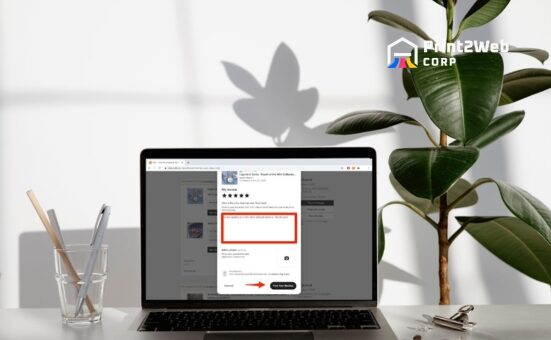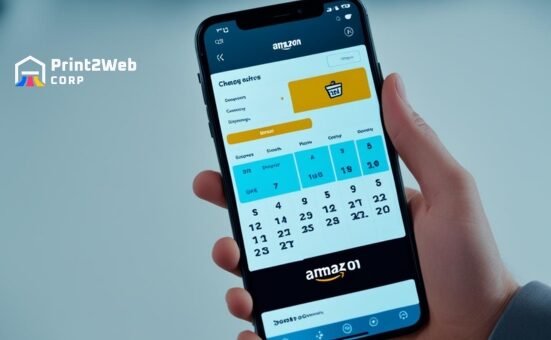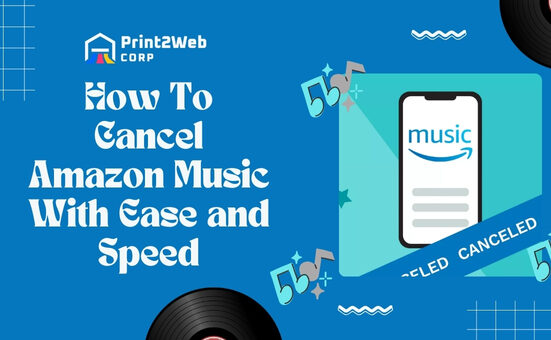Opening an online shop on Amazon can be a big deal for anyone dreaming of making money through the internet. However, what if I told you there are hidden treasures within Amazon that you might not know about? Yes, I’m talking about restricted products on Amazon—those special items that you need extra permission to sell.
Let’s face it: some paths are less walked because they have a ‘Do Not Enter’ sign, but sometimes, behind those signs lie golden opportunities. In this article, I’ll show you how to boldly go where few sellers dare and unlock the potential of trading restricted goods.
Are you wondering how to gain approval for those coveted restricted products on Amazon? The key lies in understanding and navigating the rules like a pro. Start by recognizing which items fall under these special categories. Next up, ensure your seller account is professional-grade and in perfect health—you don’t want any red flags here! Prepare genuine invoices and meet photo requirements so your application shines brighter than others.
Finally, apply with confidence following the clear guidelines provided by Amazon itself. Patience and attention to detail can open doors to new lucrative markets just waiting for savvy sellers like yourself.
Here’s What You Can Discover:
- Unlocking the mystery of Amazon’s restricted categories
- Step-by-step guidance for securing that all-important approval
- Pro tips on keeping your seller account top-notch
- Real-life success stories of those who mastered selling restriction items
Understanding Regulations for Restricted Products
Amazon’s marketplace is like a huge store that sells almost everything. But, just like any big store, there are rules about what you can sell. Some items are “restricted,” which means they need special permission before you can list them for sale.

Why Does Amazon Have Restricted Categories?
Amazon wants to keep its shoppers safe and happy. That’s why everyone can’t sell some things. They could be dangerous, like fireworks, or need extra checks to make sure they’re real and not fake, like designer handbags. This makes sure buyers get what they pay for and stay safe.
Brand Restrictions on Amazon
Some companies don’t want just anyone selling their stuff on Amazon; they want to make sure it’s done right. They ask Amazon only to let sellers who meet certain conditions sell their brand’s products. This helps keep the brand’s reputation good by ensuring the products are top quality and real, not copies or fakes.
The Essential Steps to Get Approved to Sell Restricted Products on Amazon
Getting your hands on the green light to sell restricted products on Amazon doesn’t have to be a tall order. It’s all about being in the know and following some crucial steps. Keep reading, and I’ll walk you through what you need to make that bold move into Amazon’s restricted territories.
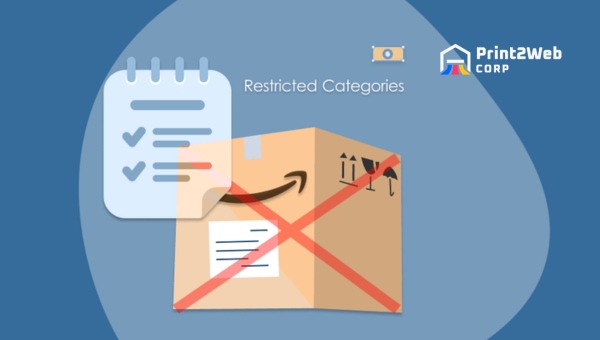
Checking Your Approval Status
First things first, see where you stand with Amazon. Pop into your seller account and look for the section that talks about selling permissions. Here, it’ll say loud and clear if you’re ready to go or if there’s more work to be done before you can list those special items.
What You Need To Start Selling
Before dreaming big about selling those exclusive products, make sure you set up a Professional Seller Account. This isn’t just an average account—it’s your ticket into the world of serious selling on this massive online marketplace.
Professional Seller Account
Having a Professional Seller Account is like having an all-access pass at a festival — it opens many doors. It allows you to sell as much as you like for a monthly fee but comes with perks worthy of any keen seller’s attention, including the option of dealing in restricted items.
Keeping Your Seller Account Healthy
Imagine your seller account like a garden—it needs regular love and care. Check-in often, respond quickly to customers’ questions or problems, and keep an eye out for all your listings following Amazon’s rules by the book. A healthy account means happy selling without any nasty surprises!
Also Read: Cat and Jack Return Policy Explained: Easy Guide at Target
What Are The Categories That Are Considered Restricted On Amazon?
Amazon has special rules for some kinds of items. These items are called restricted products. You need to ask for permission before you sell these things.

A Glimpse At the Broad Range of Restricted Categories
There’s a wide variety of things that fall under Amazon’s watchful eye. From health and beauty goods to certain gadgets, you’ll find that there’s quite a bit to check out.
Decoding Which Specific Categories Fall Under Restrictions
To know exactly what you can’t sell without asking first, think about stuff people put on their skin or health stuff that promises big changes. Amazon is extra careful with these for safety reasons.
Investing in the Requirements for Selling Restricted Products on Amazon
Selling restricted products on Amazon is a bit like getting a backstage pass—you need to meet specific requirements first. Investing time and effort into making sure these requirements are met is crucial.
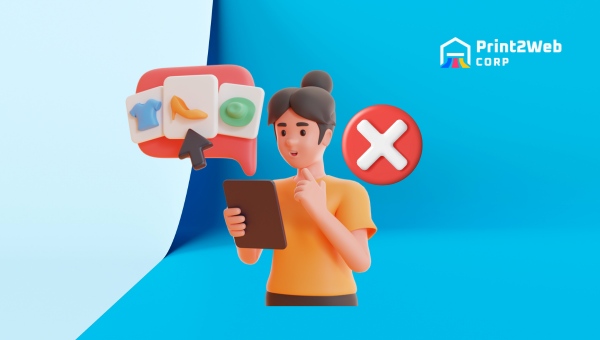
This could mean the difference between being allowed to access these high-demand product categories or not.
Ensuring Purchases from Reputable Wholesalers
All business transactions related to selling restricted products on Amazon must be done with credible wholesalers only. Buying from reputable wholesalers ensures that the products are genuine, which is a significant requirement for selling restricted items on Amazon. Moreover, buying from credible sources also prevents sellers from dealing with counterfeit goods challenges, which can severely damage their reputation and cause legal problems.
Importance of Genuine Invoices
Having legitimate invoices is also a critical factor when trading restricted items on Amazon. Genuine invoices not only validate the authenticity of your stock but also protect you against possible claims related to counterfeit goods.
They work as proof that you’ve obtained your product supply ethically and legally. Hence, keeping track of every single invoice from credible suppliers and thoroughly checking them for authenticity before confirming a purchase transaction is paramount when dealing with restricted goods.
Proper Fulfillment of Photo Requirements
Amazon has particular photo standards that sellers must adhere strictly to display their wares accurately and professionally online. A high-quality image makes a massive difference between attracting or discouraging potential buyers. Therefore, fulfilling Amazon’s photo requirements perfectly should be every seller’s priority when presenting their restricted product listings online.
Also, remember that lackluster images or failure to meet specific photo details given by Amazon could lead you towards unnecessary difficulties including complications during the listing procedure or even customer complaints after purchase due to conflicting appearance with the actual product.
Also Read: Film Subtitles Unlocked: Skyrocket Your Language Skills!
Applying For Selling Restriction Exceptions On Amazon
Sometimes, to sell certain items on Amazon, you need to ask for special permission. This is what you call applying for selling restriction exceptions. The truth is, not all products can be just thrown up for sale; some need a thumbs up from the Amazon team. And if we’re honest? It makes sense because Amazon wants to keep everything safe and trustworthy.

Process and Guidelines to Gain Approval for Topical Products
When it comes down to topical products, which are things like skin creams or sunscreens, getting that green light involves following a few steps:
- Check Eligibility: Before diving in, make sure your product fits into the topical category.
- Documentation Ready: Have all your papers in order. This could mean invoices from suppliers or even licenses.
- Application Submission: Fill out an application on Amazon where you’ll detail everything about your product.
- Patience Is Key: After sending your request, be patient. It might take a little while for them to review everything and let you know.
By paying attention to these points and using them as a checklist, you can glide through the application process without hitting too many bumps along the way.
Prospects After Getting Approval
Once you’ve got the OK from Amazon, things start looking shiny. You’re now part of an exclusive club that can sell products others might not have access to. There’s potential here – with fewer folks selling similar stuff, it means less competition for your goods.
Getting this special permit doesn’t just mean adding more items to your digital shelf; it throws open a door leading potentially towards bigger earnings and setting yourself apart from so many others out there selling on Amazon.
Also Read: Start a Car Wash Business: Your Easy 10-Step Guide
Frequently Asked Questions
Do all sellers need approval before listing a product?
Not all, but some products that are considered special or sensitive will require you to get approval first.
Can I apply multiple times if my application was initially rejected?
Yes, you can apply again. Make sure to address the issues mentioned in the rejection notice before reapplying.
What happens if I fail to comply with restrictions?
If you don’t follow the rules, your account could face penalties like suspension or even getting closed down.
How long does it take Amazon to approve my application for restricted products?
It varies, but usually, it takes a few days up to a couple of weeks—plan!
Is selling restricted items on Amazon more profitable?
It can be because there’s less competition, but this also depends on the demand for what you’re selling and how well you manage your business.
Also Read Target Circle Secrets – Unlock Hidden Shopping Perks Now!
Conclusion
Stepping into the world of selling restricted products on Amazon isn’t as intimidating as it might seem. It’s about being prepared, knowing the rules, and then playing by them. With patience and due diligence, you can expand your Amazon business into new niches that are less crowded and potentially more rewarding. Remember, this isn’t a sprint; it’s a marathon. The effort you put in to get that approval could pay off big time down the line.
Treat Amazon’s guidelines like your new best friend—learn from them, abide by them, and eventually, take advantage of the exciting opportunities they reveal for sellers willing to go the extra mile.


